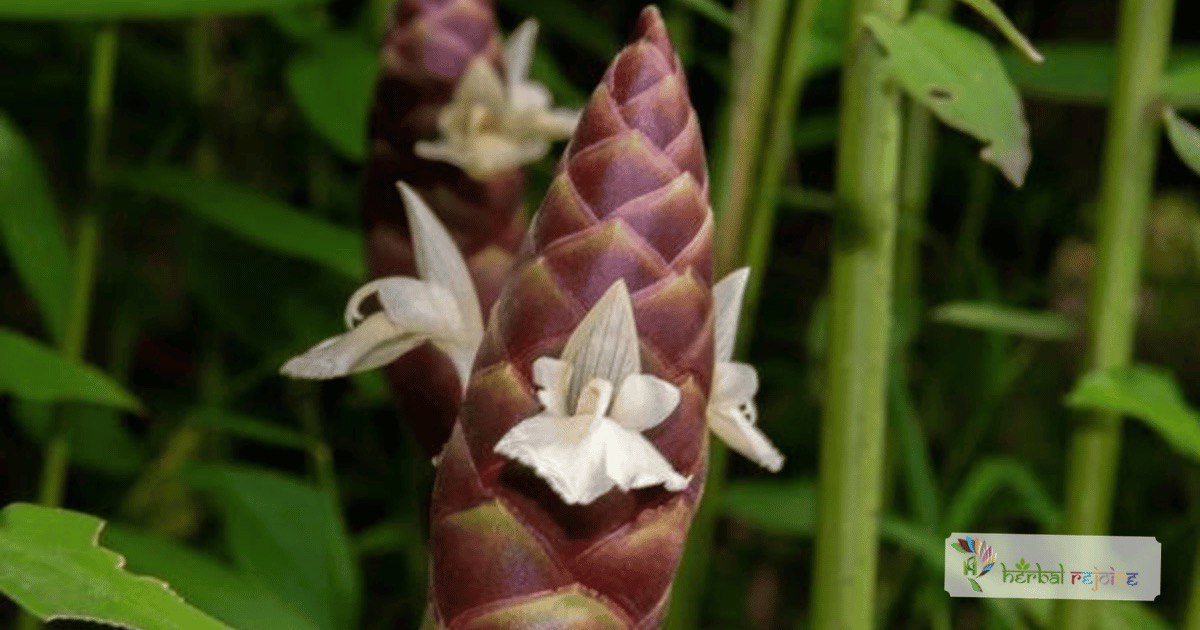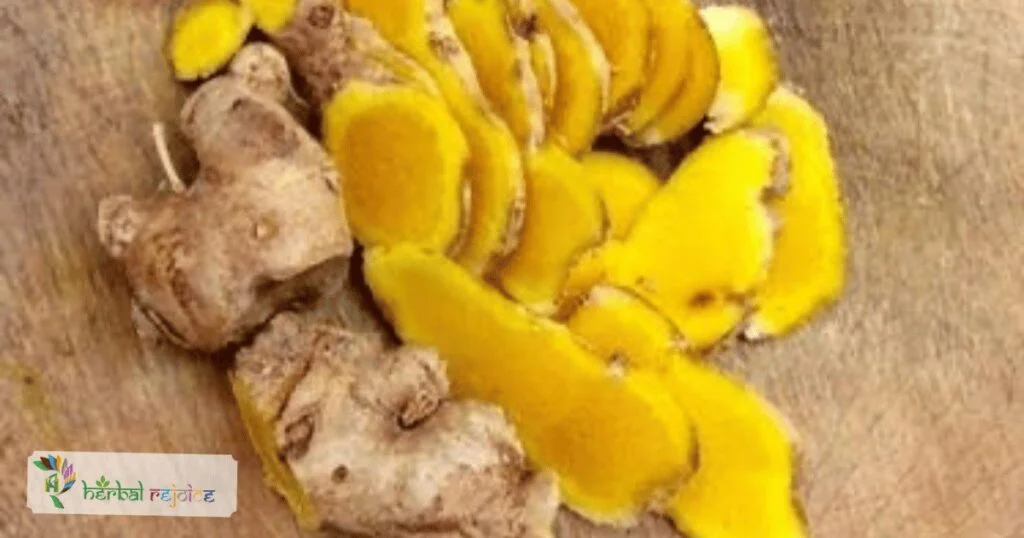Introduction
Cassumunar Ginger (Zingiber cassumunar Roxb. syn. Z. montanum (Koen.) Link ex. A. Dietr. Z. purpureum Rosc.) is a plant belonging to the Zingiberaceae family. It can be found in the wild throughout India and is also cultivated in tropical parts of the country. Cassumunar Ginger has been used in traditional medicine to treat various conditions, including diarrhea and colic.
Names and Habitat of Cassumunar Ginger
In English, it is commonly known as Cassumunar Ginger, while in Ayurvedic medicine, it is referred to as Vanardraka, Peja, Peyu, Aardikaa, and Shringaberikaa. In folk medicine, it is known as Adarakhi and Bana-adarakhi.
Traditional Uses of Cassumunar Ginger
Cassumunar Ginger has various medicinal properties, including carminative, stimulant, and antispasmodic actions. It is often used to treat diarrhea and colic. Studies have shown the presence of an active diastase in the rhizome of this plant.
This enzyme has similar activity to the alpha-amylase enzyme found in Aspergillus oryzae.
Key Components Of Cassumunar Ginger
The essential oil extracted from the rhizome of Cassumunar Ginger consists mainly of terpinen-4-ol, comprising around 35% of the oil.
It also contains other constituents such as alpha- and beta-pinene, sabinene, myrcene, terpinene, limonene, p-cymene, and terpinolene.
Additionally, fresh rhizomes contain phenyl butenoic dimers and cyclohexane derivatives.

Other Components of Cassumunar Ginger
Further research has found that the hexane extract of the rhizome contains a compound called (E)-4-(34-dimethoxyphenyl)-but-3en-1-ol, also known as compound D.
This compound has been shown to have antispasmodic effects on guinea-pig ileum and tracheal smooth muscle.
It also has a dose-dependent relaxing effect on the uterus of nonpregnant rats, while the response in pregnant rats varies depending on the stage of pregnancy.
Potential Health Benefits
Moreover, the aqueous extract of the rhizome has been found to have smooth muscle relaxant and anti-inflammatory properties. It exhibits antioxidant activity, which is even more potent than that of known curcuminoid antioxidants.
This antioxidant activity can be attributed to cassumunin A, a compound present in Cassumunar Ginger.
Conclusion
In conclusion, Cassumunar Ginger, also known as Zingiber cassumunar Roxb., is a plant with multiple medicinal properties. It has been used in traditional medicine to treat various conditions, including diarrhea and colic.
Studies have shown the presence of an active diastase in its rhizome, along with several beneficial compounds such as terpinen-4-ol and cassumunin A.
Frequently Asked Questions
What is Cassumunar Ginger?
Cassumunar Ginger, scientifically known as Zingiber cassumunar Roxb., is a plant belonging to the Zingiberaceae family.
Where can Cassumunar Ginger be found?
Cassumunar Ginger can be found in the wild throughout India and is also cultivated in tropical parts of the country.
What are the common names of Cassumunar Ginger?
In English, Cassumunar Ginger is commonly known as Cassumunar Ginger. In Ayurvedic medicine, it is referred to as Vanardraka, Peja, Peyu, Aardikaa, and Shringaberikaa. In folk medicine, it is known as Adarakhi and Bana-adarakhi.
What are the medicinal properties of Cassumunar Ginger?
Cassumunar Ginger has various medicinal properties, including carminative, stimulant, and antispasmodic actions.
How is Cassumunar Ginger used in traditional medicine?
Cassumunar Ginger is often used in traditional medicine to treat conditions such as diarrhea and colic.
What active enzyme is found in the rhizome of Cassumunar Ginger?
The rhizome of Cassumunar Ginger contains an active diastase, which has similar activity to the alpha-amylase enzyme found in Aspergillus oryzae.
What are the main constituents of the essential oil extracted from Cassumunar Ginger?
The essential oil extracted from Cassumunar Ginger consists mainly of terpinen-4-ol, comprising around 35% of the oil. It also contains other constituents such as alpha- and beta-pinene, sabinene, myrcene, terpinene, limonene, p-cymene, and terpinolene.
What compounds are found in fresh rhizomes of Cassumunar Ginger?
Fresh rhizomes of Cassumunar Ginger contain phenyl butenoic dimers and cyclohexane derivatives.
What compound does the hexane extract of the rhizome contain?
The hexane extract of the rhizome contains a compound called (E)-4-(34-dimethoxyphenyl)-but-3en-1-ol, also known as compound D.
What are the effects of compound D on smooth muscle?
Compound D has been shown to have antispasmodic effects on guinea-pig ileum and tracheal smooth muscle.
How does compound D affect the uterus?
Compound D has a dose-dependent relaxing effect on the uterus of nonpregnant rats. The response in pregnant rats varies depending on the stage of pregnancy.
What properties does the aqueous extract of the rhizome have?
The aqueous extract of the rhizome has smooth muscle relaxant and anti-inflammatory properties.
What compound is responsible for the antioxidant activity of Cassumunar Ginger?
Cassumunar Ginger contains cassumunin A, a compound that exhibits potent antioxidant activity.
How does the antioxidant activity of Cassumunar Ginger compare to curcuminoid antioxidants?
The antioxidant activity of Cassumunar Ginger is even more potent than that of known curcuminoid antioxidants.
What conditions is Cassumunar Ginger traditionally used to treat?
Cassumunar Ginger is traditionally used to treat conditions such as diarrhea and colic.
Can Cassumunar Ginger be cultivated in other countries?
While Cassumunar Ginger is primarily found in India, it can potentially be cultivated in other tropical regions as well.
Can Cassumunar Ginger be consumed in its natural form?
In traditional medicine, Cassumunar Ginger is often consumed in various forms, including as a herbal tea or as a natural remedy.



Very interesting subject, appreciate it for posting.Expand blog